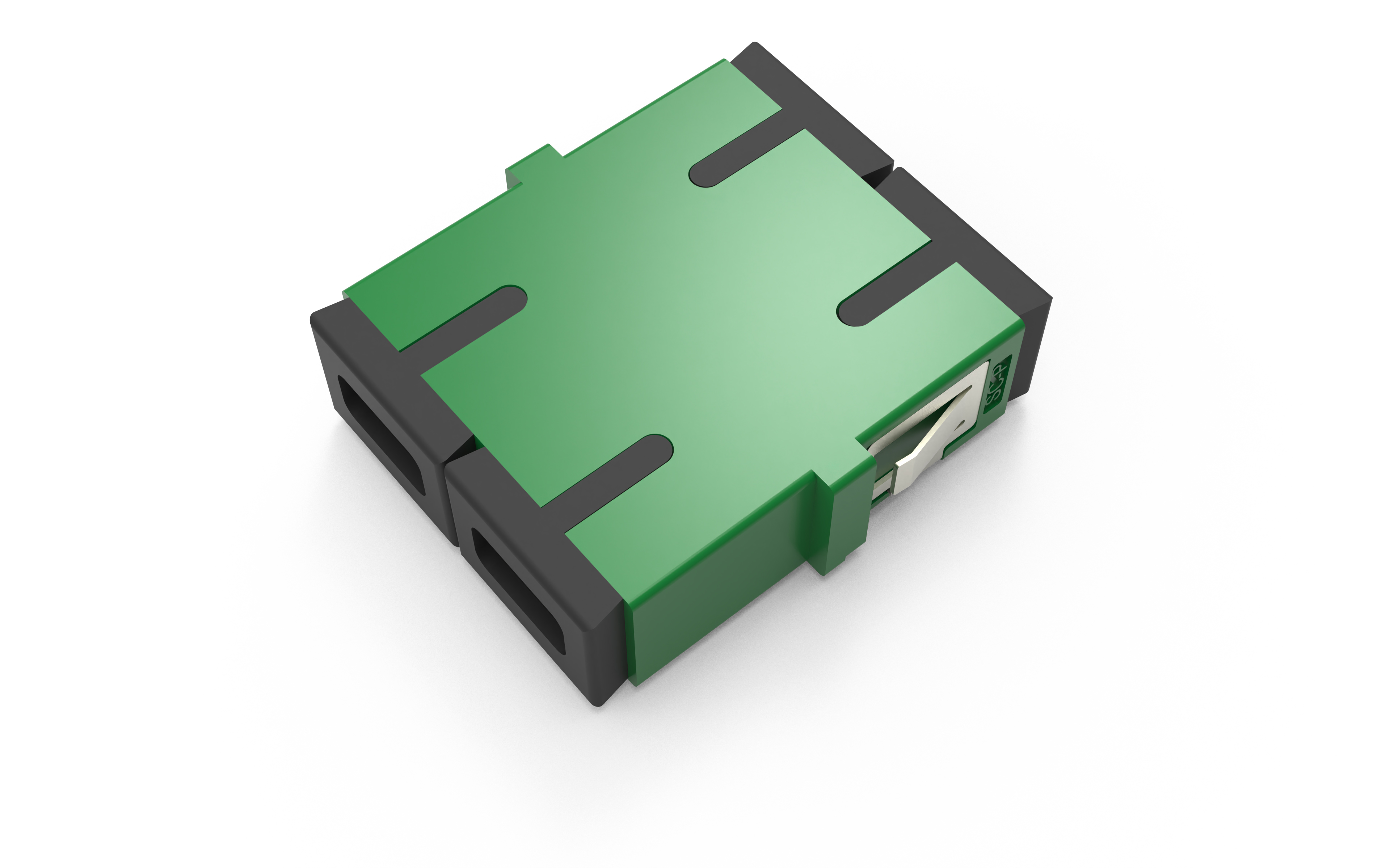In the realm of telecommunications and data networking, the seamless transmission of optical signals is paramount. Fiber optic adapters play a crucial role in facilitating this transmission by providing a standardized interface for connecting optical fibers. In this article, we delve into the significance of fiber optic adapters, their diverse applications, and the key factors to consider when selecting and using them.
At its core, a fiber optic adapter serves as a bridge between two optical connectors, enabling them to mate securely and efficiently. These adapters come in various configurations to accommodate different connector types, such as LC, SC, ST, and MTP/MPO, ensuring compatibility across diverse networking environments.
Fiber optic adapters find widespread applications in telecommunications networks, data centers, and enterprise networking environments. They are integral components in patch panels, fiber distribution frames, and network equipment, facilitating the connection of fiber optic cables with precision and reliability. Whether it's in high-speed data transmission, voice communication, or video streaming, fiber optic adapters play a vital role in maintaining signal integrity and network performance.

There are several types of fiber optic adapters tailored to specific requirements and connector configurations. Simplex adapters accommodate a single fiber connection, while duplex adapters enable the connection of two fibers for bidirectional communication. Hybrid adapters facilitate the conversion between different connector types, allowing for seamless interoperability in mixed-networking environments. Additionally, angled adapters help minimize signal loss and enhance optical performance by mitigating reflections.
Several factors must be considered when selecting fiber optic adapters to ensure optimal performance and compatibility. Connector compatibility is paramount, ensuring that the adapter aligns seamlessly with the connectors of the optical fibers being connected. Additionally, insertion loss, return loss, and compatibility with industry standards such as ANSI/TIA and IEC should be evaluated to guarantee reliable signal transmission.
Proper installation and maintenance are essential to maximizing the efficiency and longevity of fiber optic adapters. During installation, care should be taken to align the connectors correctly and avoid contamination, which can degrade signal quality. Regular inspection and cleaning of adapters using specialized tools and cleaning kits help prevent dust, debris, and moisture buildup, ensuring consistent performance over time.
As technology evolves, fiber optic adapters continue to undergo advancements to meet the demands of increasingly complex networking environments. Innovations such as low-loss adapters, polarization-maintaining adapters, and integrated optical connectivity solutions are poised to drive the next wave of improvements in optical networking. Additionally, the integration of automation and artificial intelligence in adapter deployment and management holds the potential to streamline network operations and enhance efficiency.